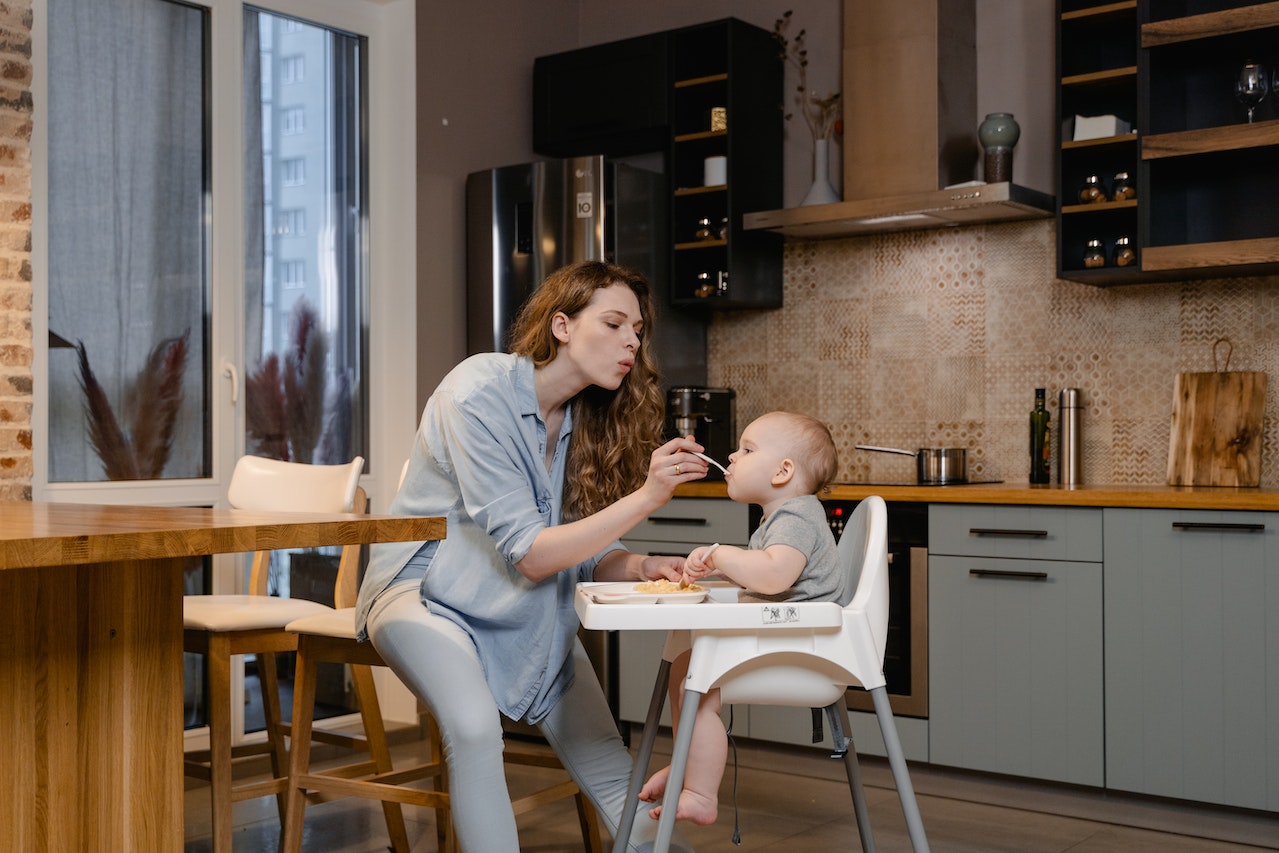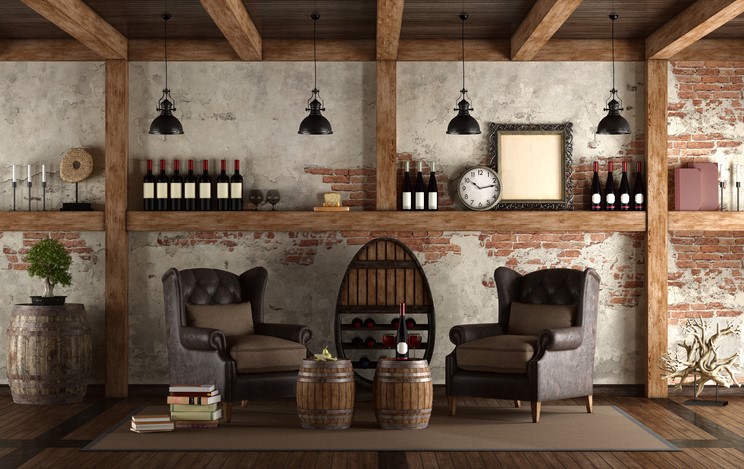If you’ve ever painted your walls or ceiling before, you know that the success of your painting job relies entirely in the preparation. Painting your home is a great way to add value to your home and a fresh coat of paint can make it look and feel new, even if it isn’t. If you need to paint several rooms, ceilings or difficult-to-reach areas, you may want to look into hiring a professional painter to complete the task for you. However, if you plan on simply painting a wall or two, painting can be an inexpensive DIY project to tackle over the weekend. Before you pick out the paint colors or dip your brush into the bucket, make sure you are following these tips for painting.
1. Get the right supplies before you start
A good paint job starts with the right supplies. Some things you might want to make sure you have on hand include:
- A stepladder
- Screwdriver for removing outlet covers and light switch plates
- Angled paintbrush
- A wide paintbrush
- Paint tray
- Paint roller
- Extension pole for your paint roller
- Rags to put down and protect the floor
- Painter’s tape
- Cleanup rags
- Plastic bags to store brushes in between paints
- A high-quality, low VOC paint, preferably with primer already mixed in. Not sure what type of paint to purchase? Read our Paint Guide 101 here.
2. Take your time preparing the area
The best paint jobs have the best preparation; the worst thing you can do is rush through the prep. Tape off trim, ceilings and corners cautiously. Cover the floors so that paint splatters and spills do not ruin their surface. Remove objects from the walls (like cover plates and pictures) and give each wall a quick wipe down. Painting over dirt and dust can leave an awkward finish to your walls. Move as much furniture out of the space and out of the way and throw a sheet or plastic tarp over the furniture. Even the best painters spill paint from time to time. If you need to fill in any holes, allow enough time for the putty to dry.
Painting tip: Not all painting tape is created equal, purchase the best quality you can afford for an easier peel-off. – Tweet this!
3. Ventilate and light the space
Proper ventilation is key, even when using low VOC paints. If you are unable to open windows while painting, use a fan or consider wearing a mask. Paint fumes can cause nausea, headaches and chest pain; it’s always worth the time and money to invest in your health and safety. Even if the room you are working in doesn’t have access to fresh air, open up doors and windows in adjacent rooms in your home. Having good lighting will make it much easier to see any missed spots. If your usual lighting isn’t strong enough, consider purchasing a work or shop light.
Painting tip: Direct a fan backwards so it sucks paint fumes out of the room. – Tweet this!
4. Start with edges and work your way in
Always start with painting your edges first (called “cutting in”) and paint a two to three inch wide space. Because rollers are not designed for tight edges, you need to cut in with a brush or edging tool before adding your roller. When cutting in you don’t want a lot of paint on your brush as it can drip and accidentally get on the trim or ceiling.
Painting tip: When cutting in, pour a small amount of paint into a disposable cup so you don’t have to hold a heavy gallon of paint. – Tweet this!
5. Use a roller and paint the rest
Rollers don’t leave brush strokes and offer a clean, even finish. Choose the right roller nap (the length of the roller fibers) for your wall. Heavily textured walls require a thicker nap, smooth finishes require little to no nap. If you cannot reach higher spaces, use an extension pole. Make thick, vertical stripes as you paint while using even pressure. Adding too much pressure could cause drip marks on your wall. Work your way from right to left and do not worry if the first coast does not cover everything. It almost always takes two to three coats to cover the wall entirely. Lastly, always let each coat dry before adding the next. Sometimes you can see where you need to touch up easier and the paint will dry faster if each coat has dried before the next.
Painting tip: Keep paint from drying out between coats by covering the paint can or tray with plastic wrap. Brushes can be placed in a plastic bag. – Tweet this!
Need more painting tips? Be sure to read all of our Painting articles.




